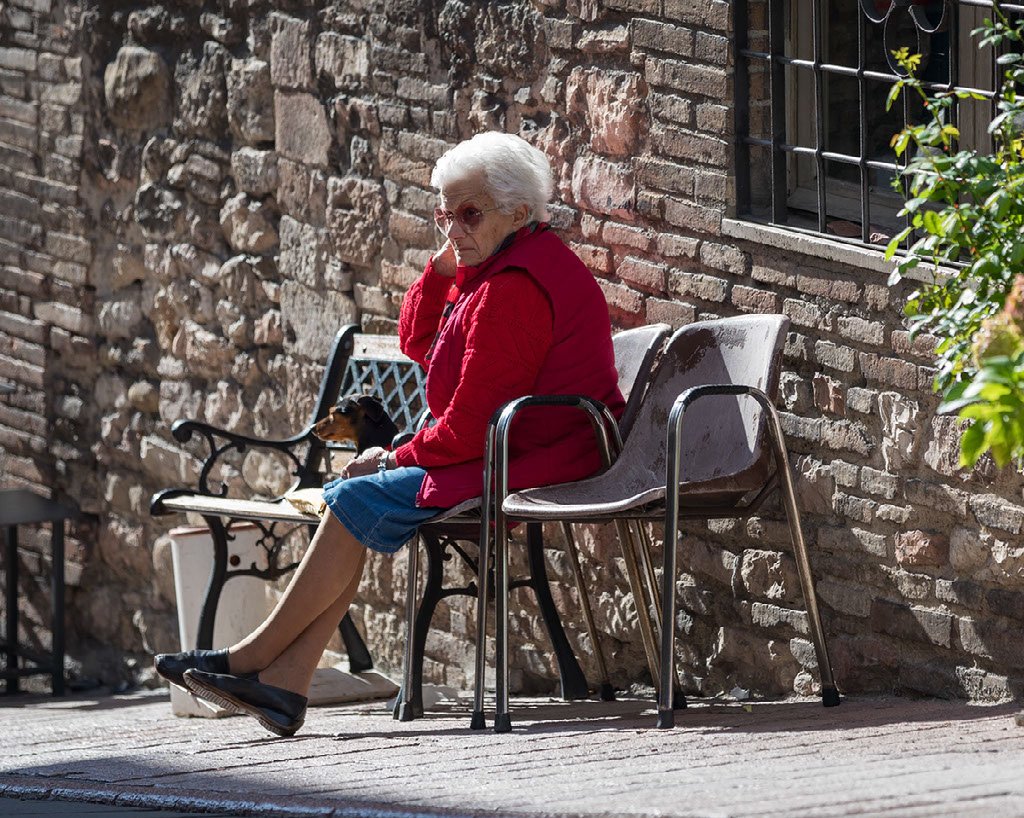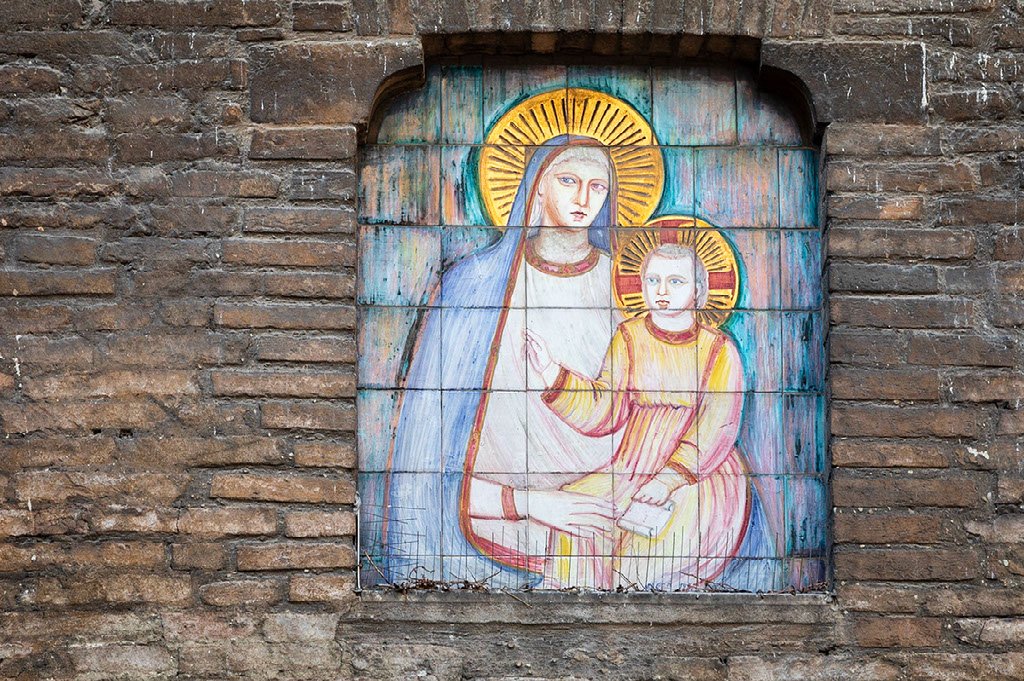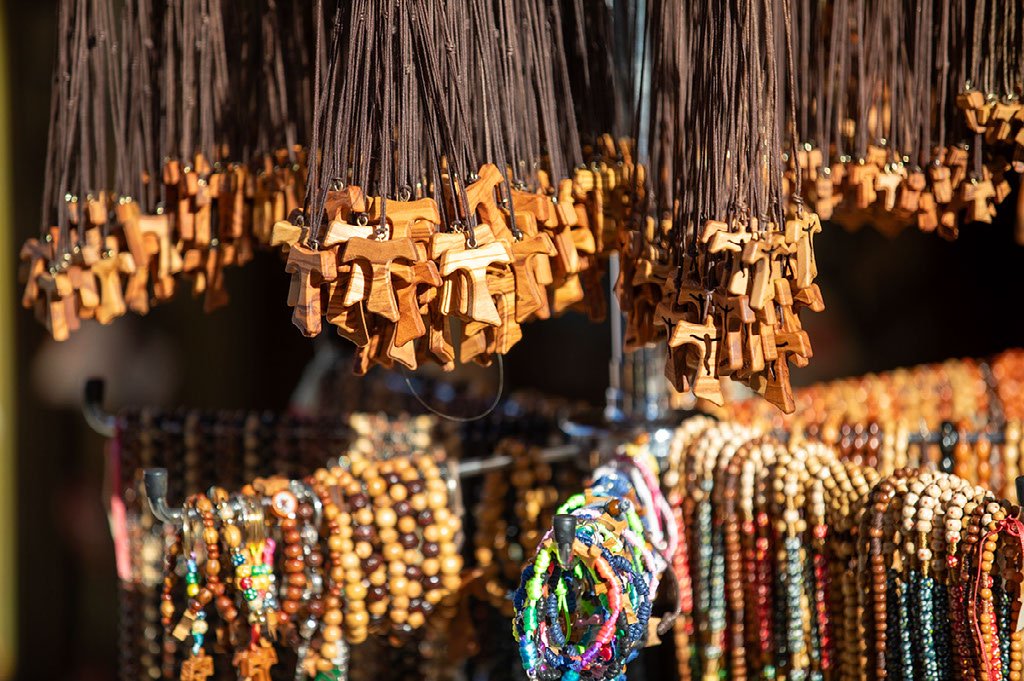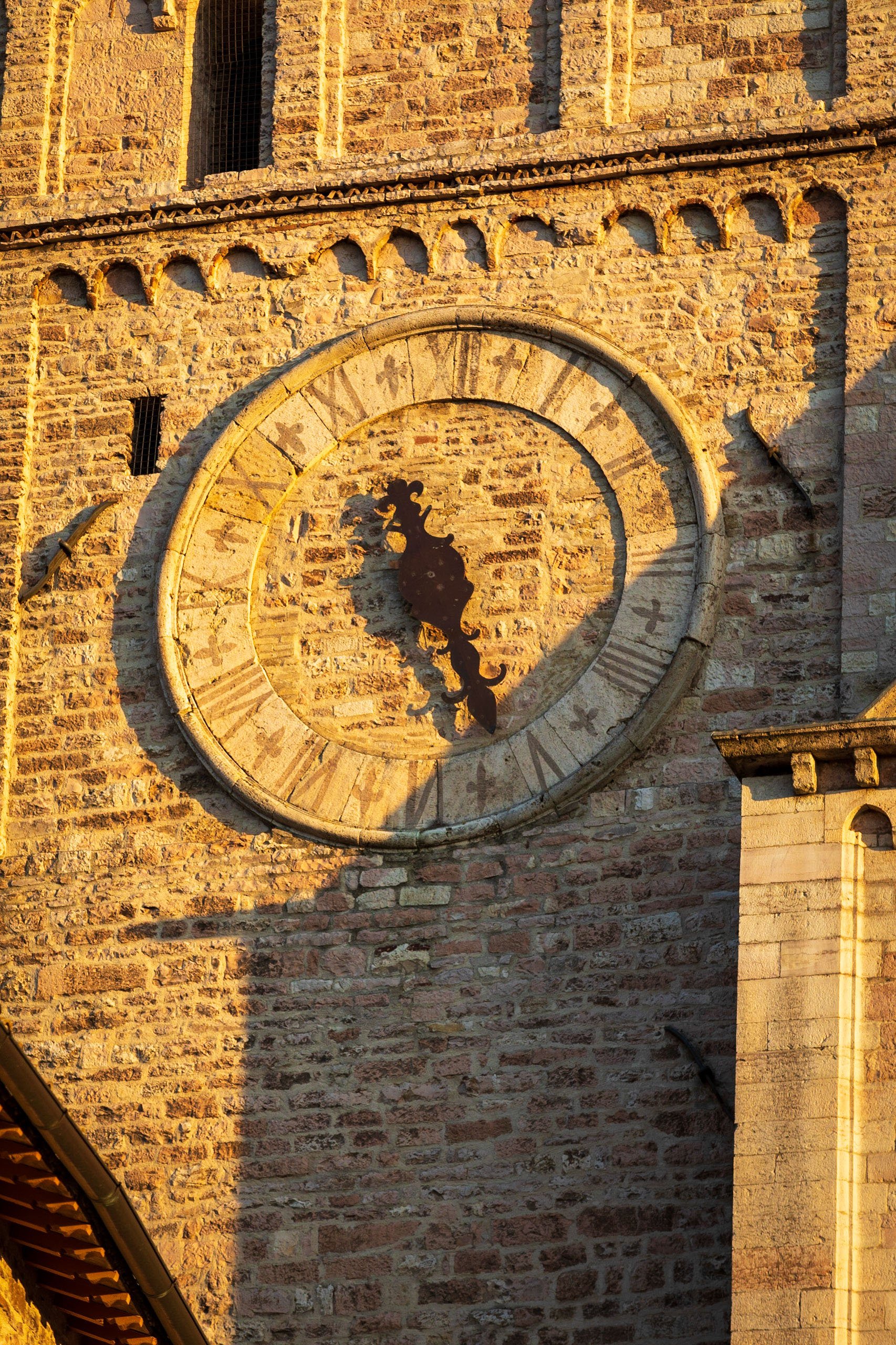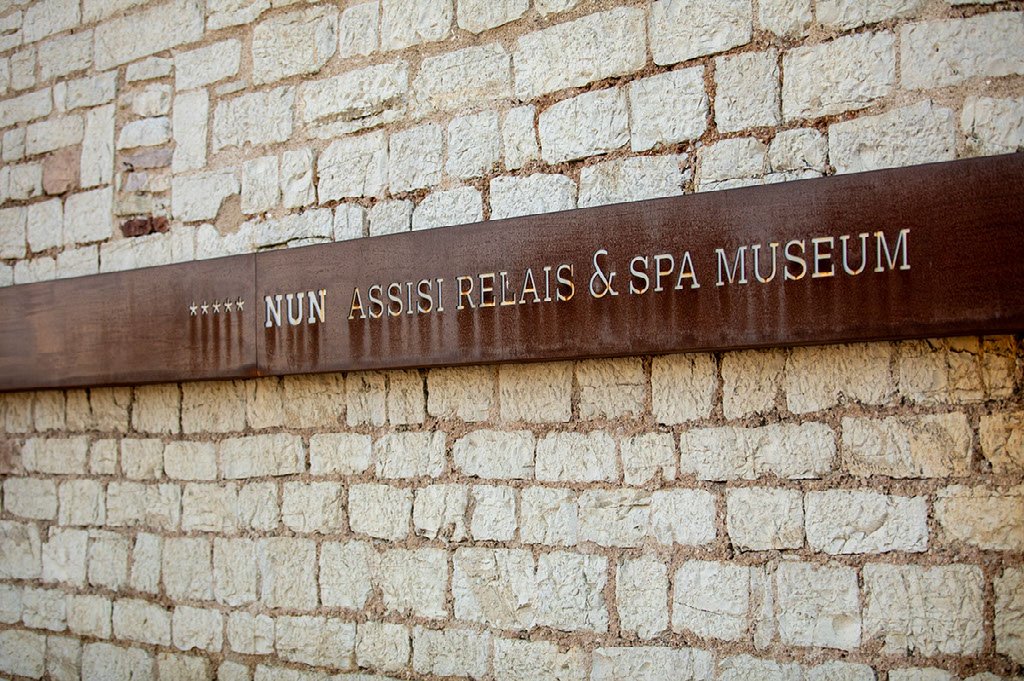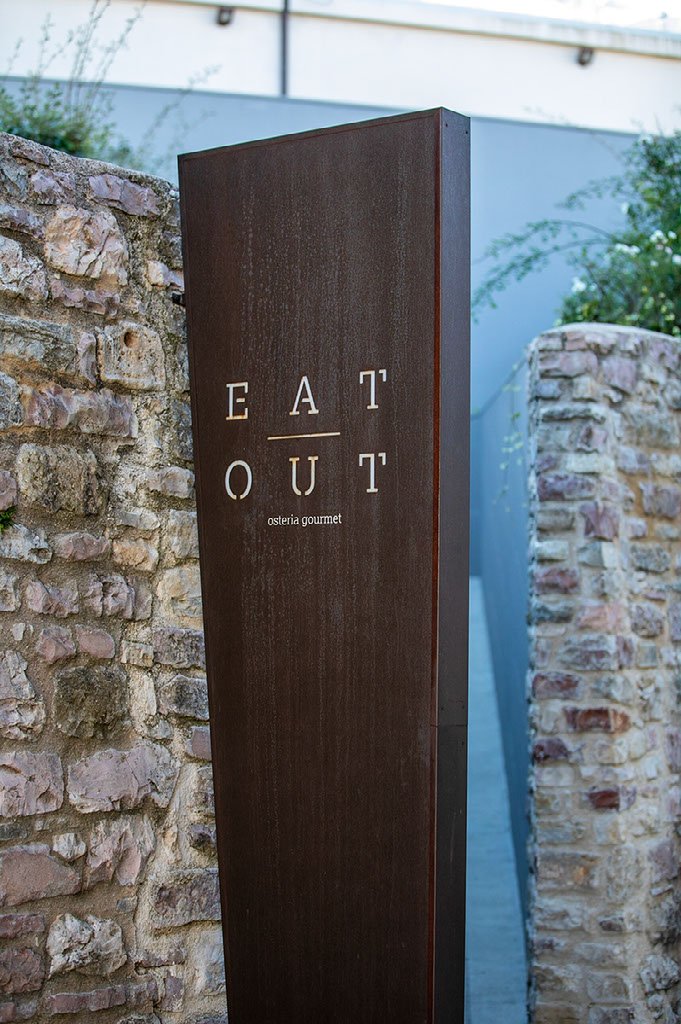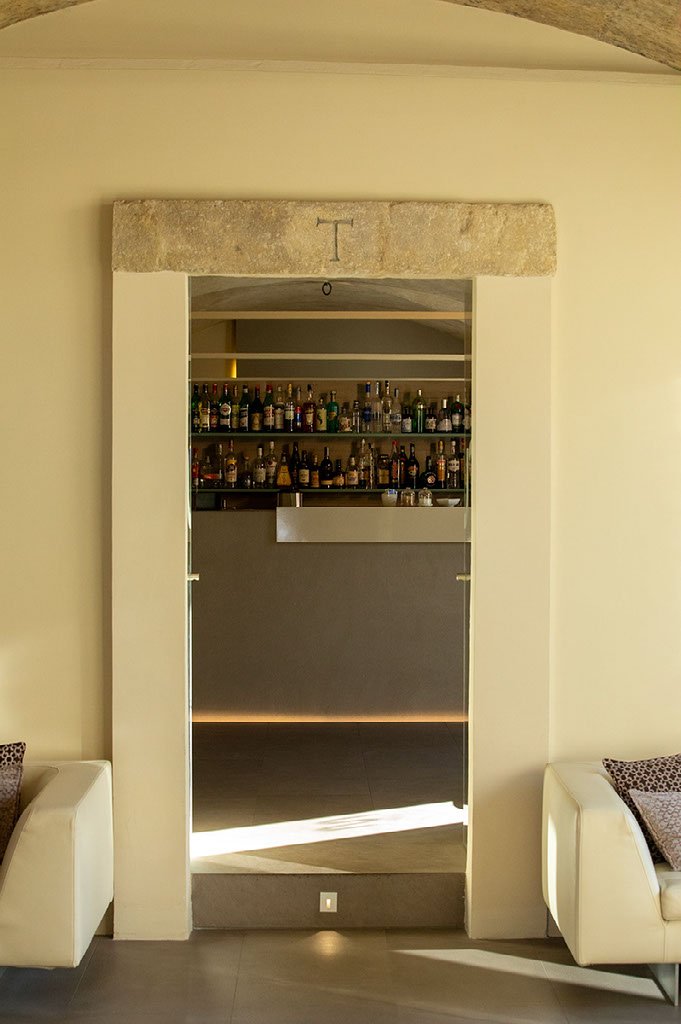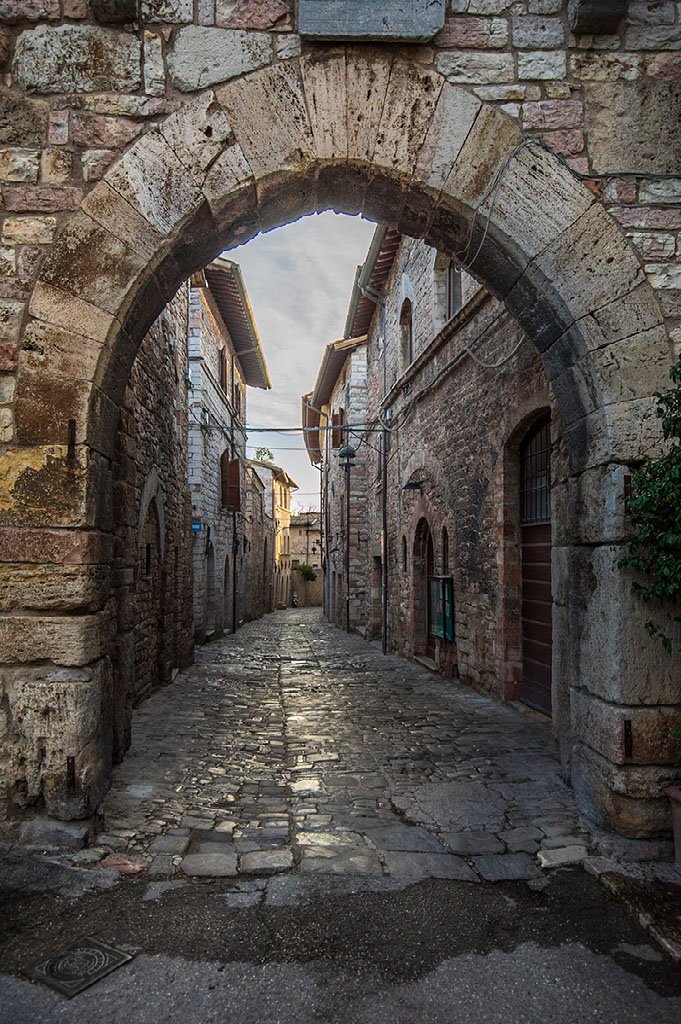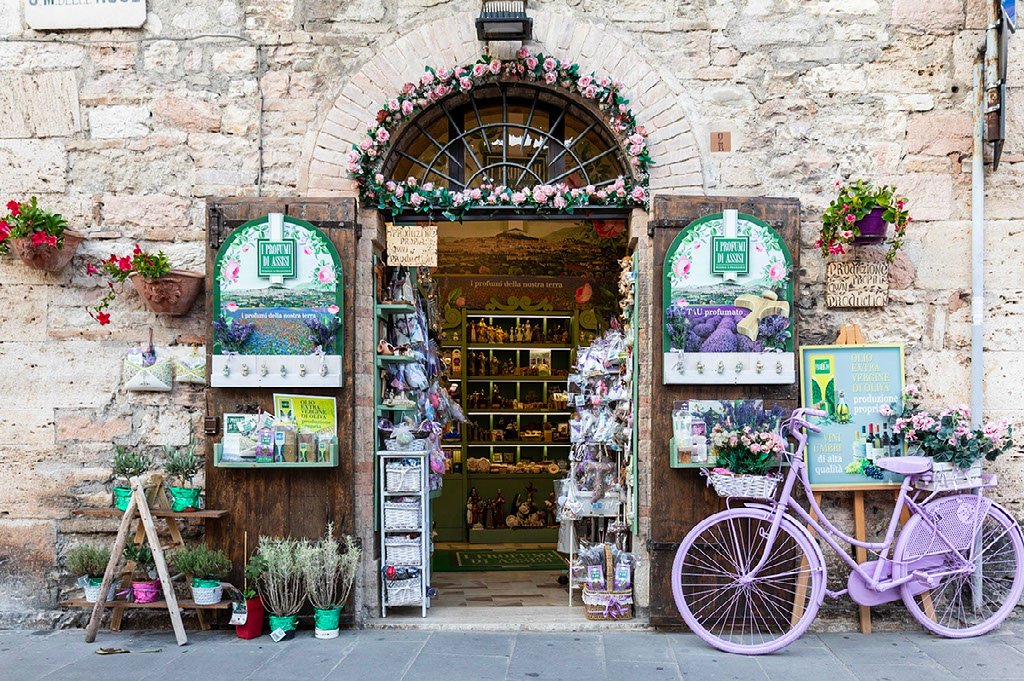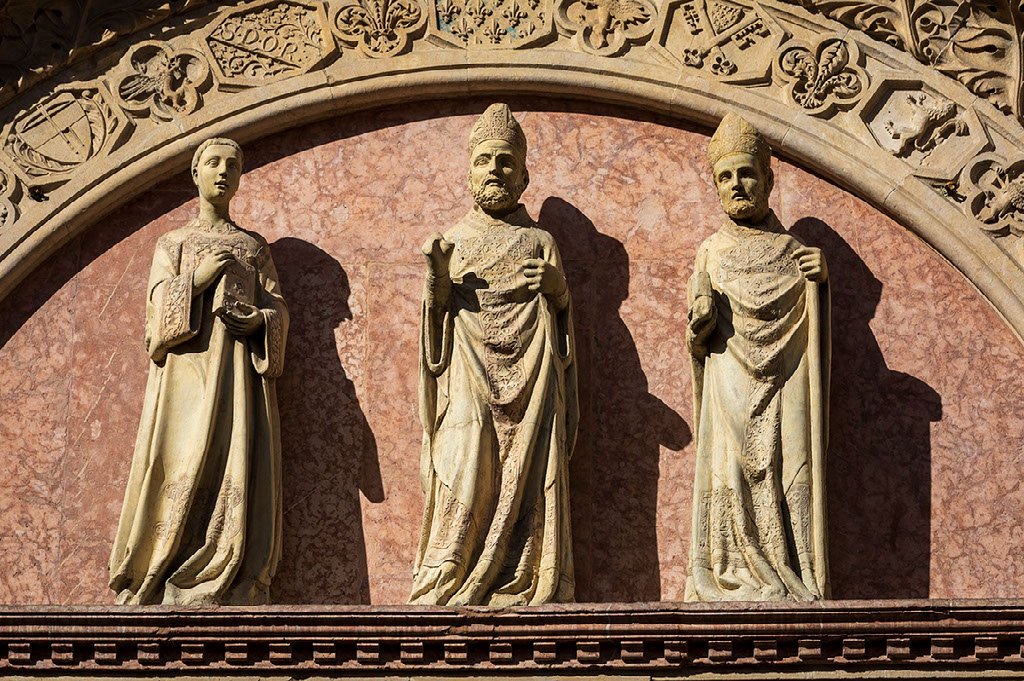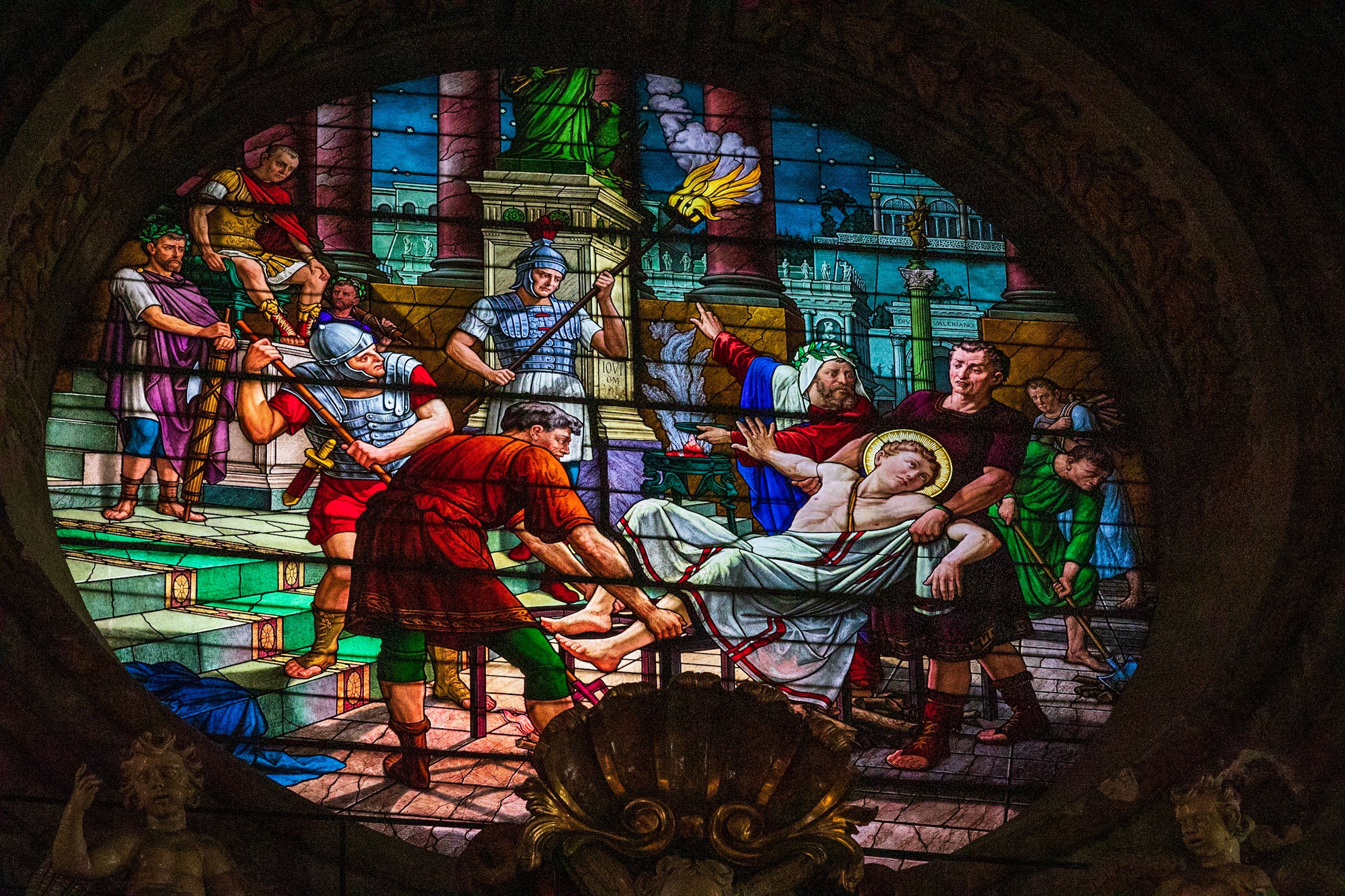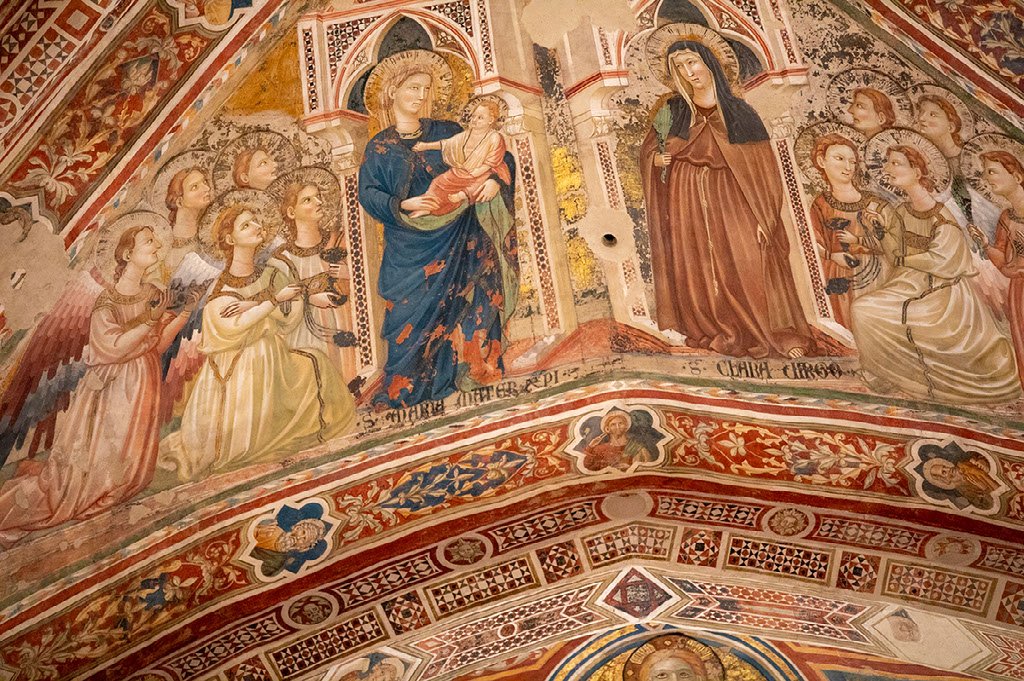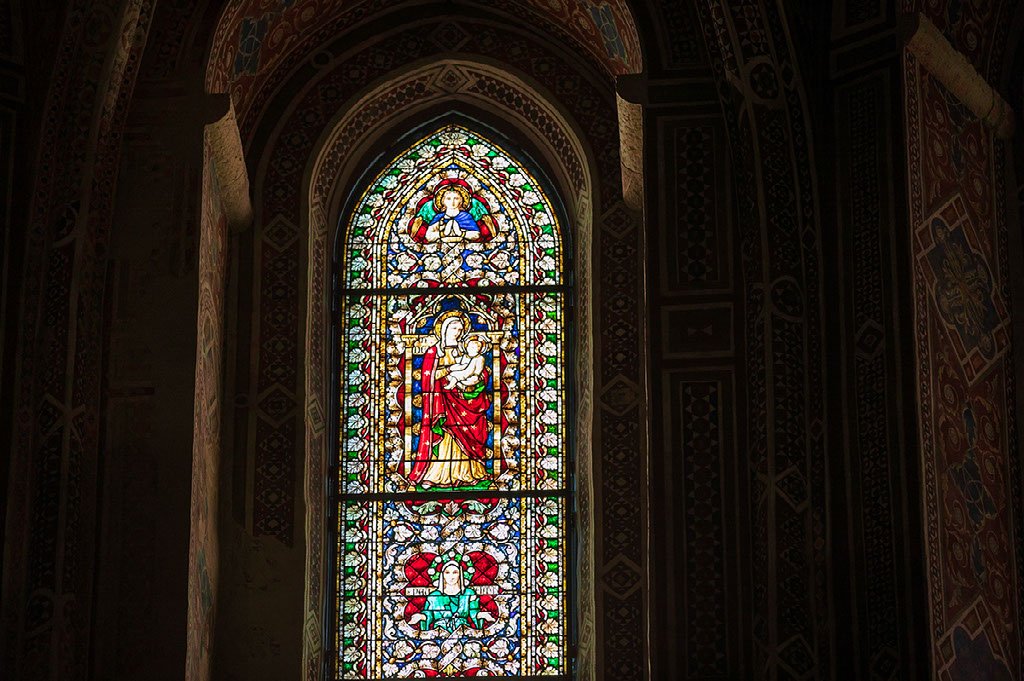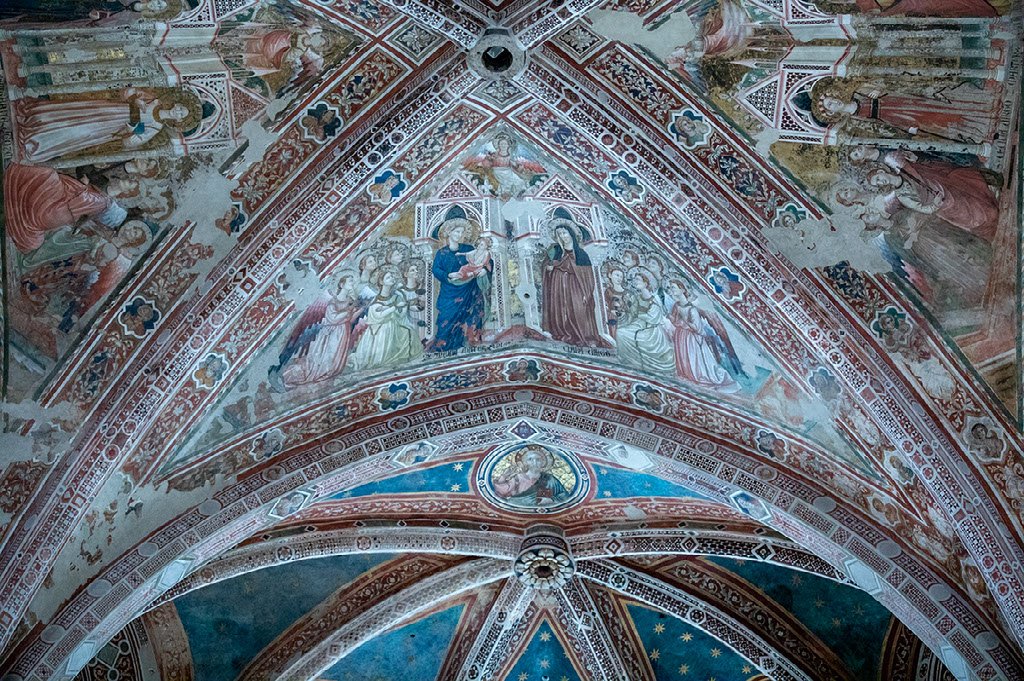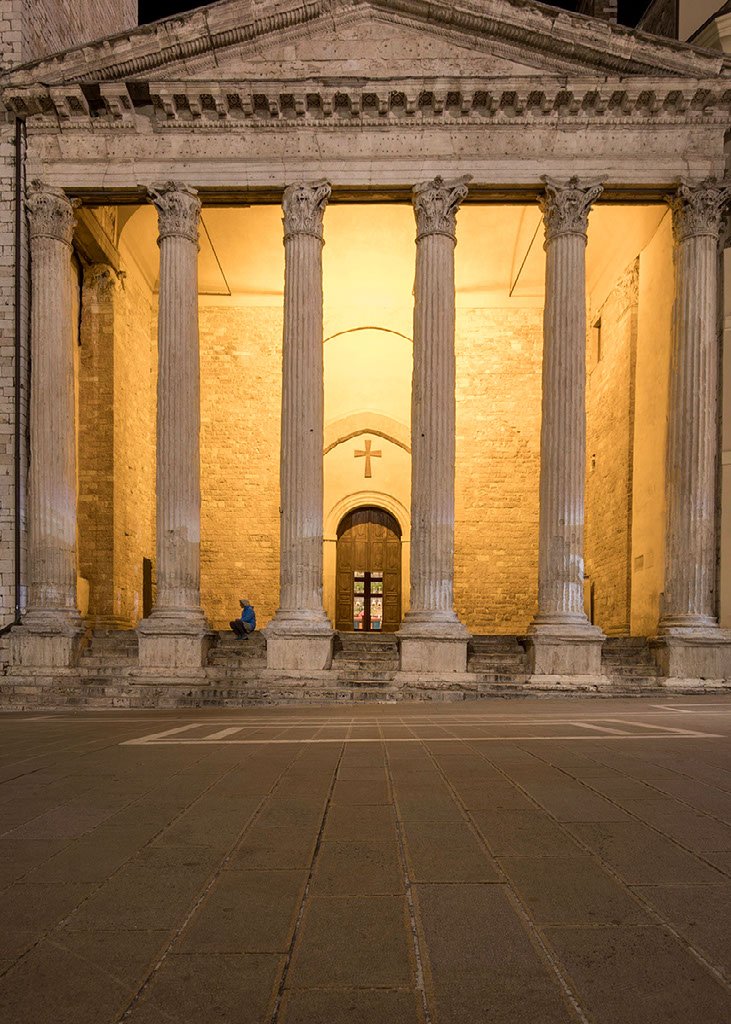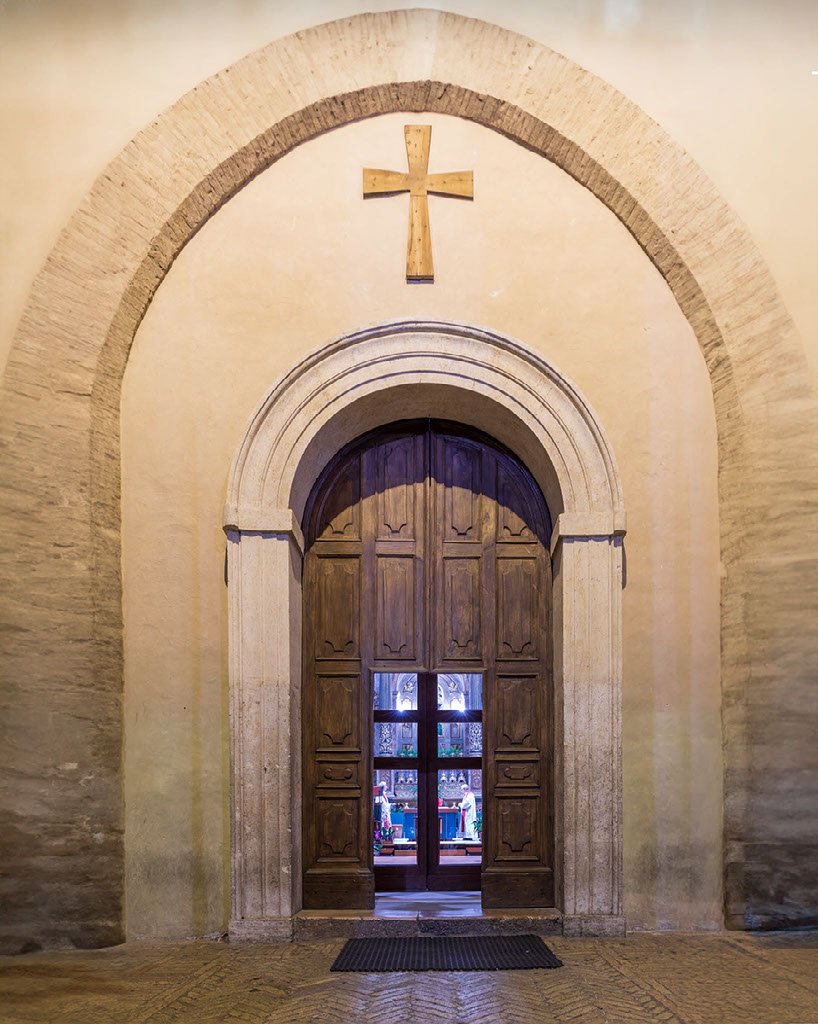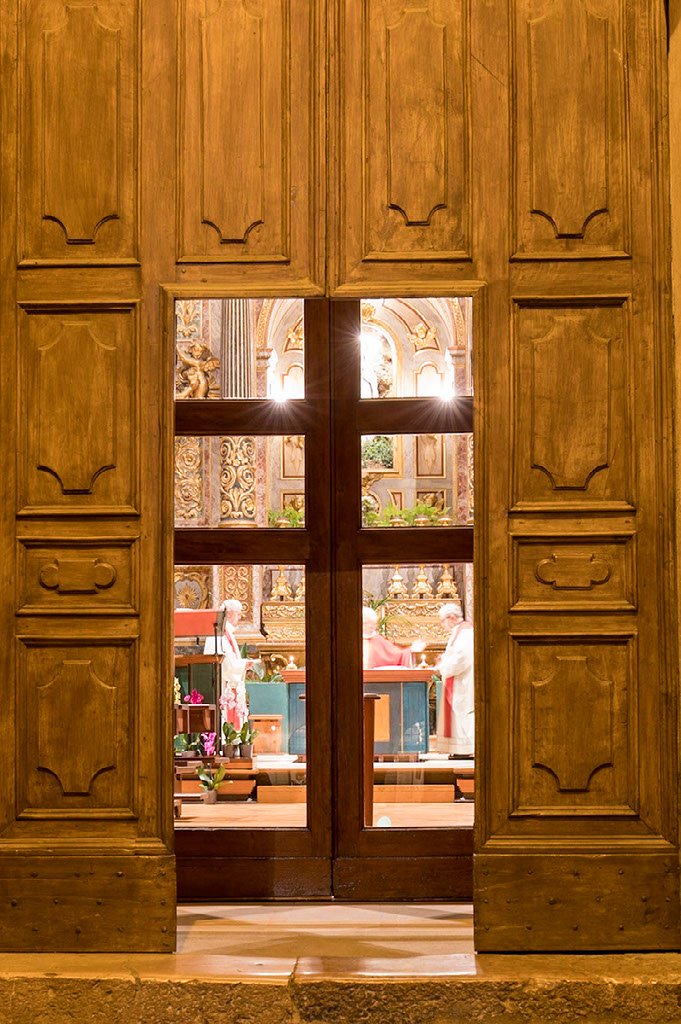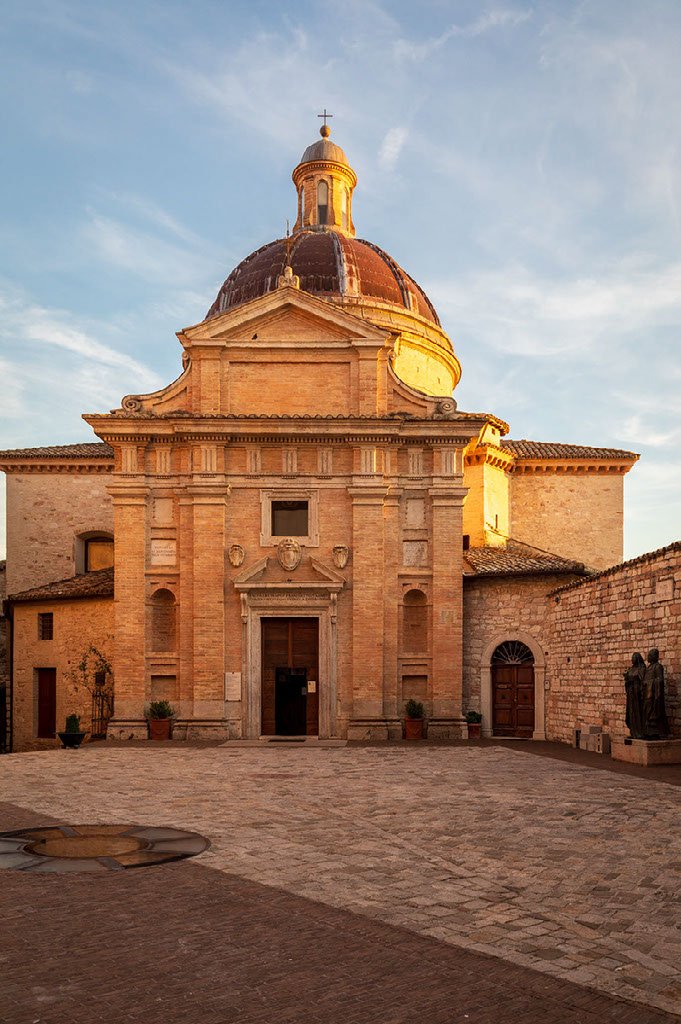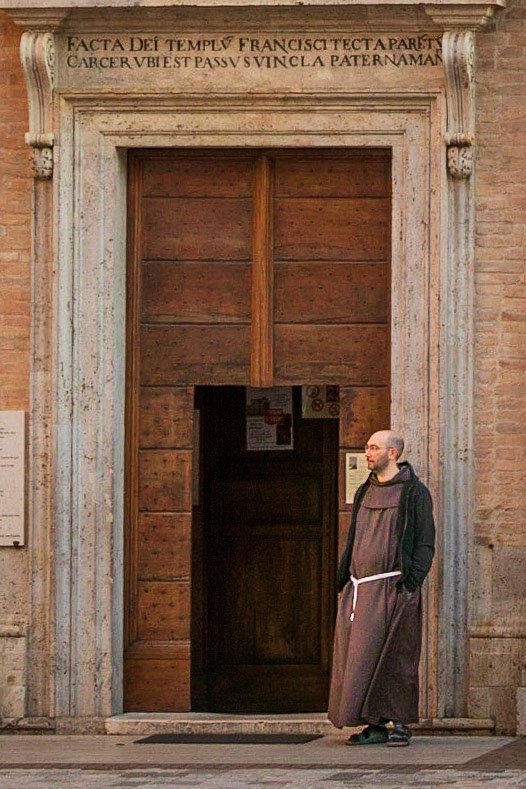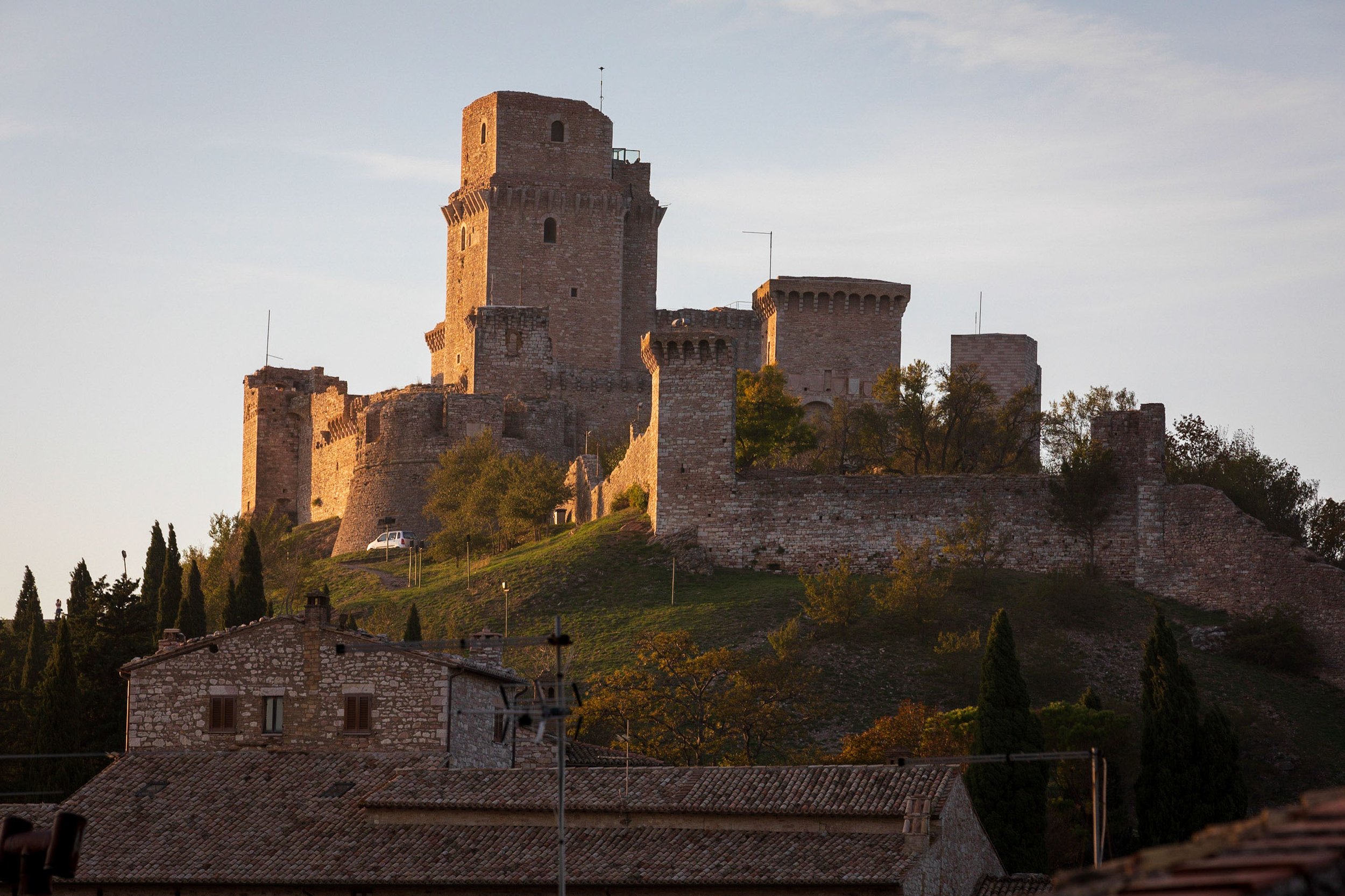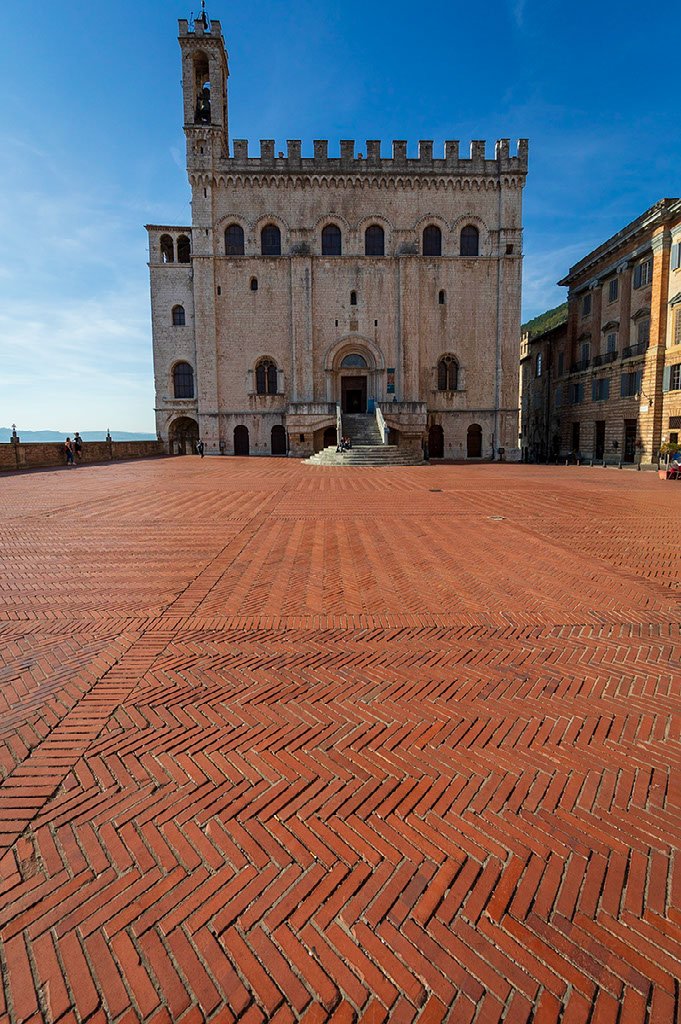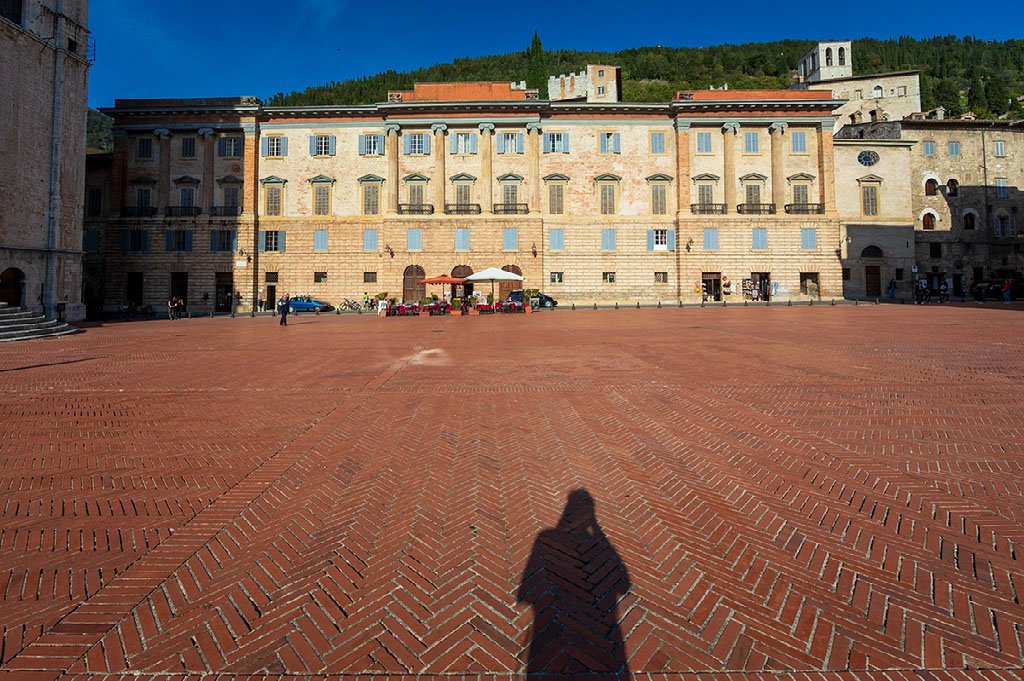My Photography & Travel Guide to Assisi, Italy
Assisi, in Umbria, is unlike any other place in the world. It is hard to describe the serenity and spirituality you will feel while visiting.
Why is Assisi famous?
Assisi is famous because of St. Francis, the patron saint of Animals. We visited shortly after we lost our beautiful labrador, and it provided us with the healing we needed.
“God requires that we assist the animals when they need our help. Each being (human or creature) has the same right of protection.” – St. Francis of Assisi
In many ways, Assisi resembles the hill towns of Tuscany, with stone buildings, narrow cobblestoned streets, and wide piazzas. But there is something different about Assisi that is easier to describe once you have visited.
View of the Basilica St. Francis
Assisi is the jewel in the Umbrian region’s crown and a UNESCO World Heritage site. It’s somewhere that you should consider putting on your Italy itinerary. Just look at it!
It is filled with some of the most beautiful churches in Italy. Strolling the picturesque streets and exploring the narrow, flower-lined alleyways was one of our favorite things to do in Assisi, but we also loved learning about the history of the town and the life of St. Francis.
Pilgrims have been coming to Assisi since the 13th century to honor St. Francis, who was born and buried here. He was a wealthy young man who began life like many of his class: enjoying his privileged status in every way possible. But after a religious epiphany, he renounced his previous lifestyle, gave up all his wealth and possessions, and became a preacher.
But you don’t have to be religious to enjoy the beauty of this postcard-perfect town.
HOW MUCH TIME DO YOU NEED TO SPEND IN ASSISI?
I would plan on spending one to two days in Assisi. This gives you enough time to visit all of the sights in the historic city center, stroll the streets, and visit one of the nearby towns, such as Gubbio.
WHERE WE STAYED
I would highly recommend staying at the Nun Assisi Relais & Spa Museum. This beautiful hotel is located in a carefully restored monastery, constructed in 1275 for a community of Benedictine nuns. The rooms have been beautifully modernized, but you will definitely feel, in a good way, that you are in a historic building. Some of the interesting historic touches you will see are a 17th-century fresco, original stonework, and ceilings with wooden beams.
The hotel restaurant is outstanding, and we really enjoyed breakfast and dinner.
EATING IN ASSISI
In the evening, try one of the many trattorias in town for a delicious Umbrian meal. One of the dishes worth trying is the strangozzi all’ umbra, a type of spaghetti made with flour, water, and salt, or porchetta, a roasted pork dish that is a staple of Umbrian cuisine. And of course, do not forget to try locally produced wines, such as Sagrantino di Montefalco and the Pane di S. Francesco.
Bibenda Assisi - located by the Piazza del Comune with wonderful wines and pastas
Le Terrazze di Properzio - wonderful pastas
Taverna dei Consoli is also located on Piazza del Comune and is a nice local restaurant
What to Photography in Assisi
This is not a big town, so you could see most of the locations in 1 day.
EXPLORE THE SIDE STREETS OF ASSISI
Assisi is a small town, but it's very photogenic. I really enjoyed strolling along the streets and taking photos along the way.
BASILICA OF ST FRANCIS
The absolute must-see on any day trip to Assisi is the beautiful Basilica of St Francis. It is the reason most people come to Assisi. The best shots are at sunset.
It’s one of the most important places of Christian pilgrimage in Italy, and unsurprisingly, we saw plenty of monks and nuns who had come to worship.
This basilica was built in 1228 and construction began just two days after St. Francis was canonized as a saint. This is one of the most beautiful churches we have visited.
Two churches are built at this site, one on top of the other. On top sits an enormous Gothic cathedral, and below it is a much smaller Romanesque church. The lower church preserves the remains of St. Francis. Once you exit the upper church just take the stairs down to the lower church. This church is much smaller and more solemn than the upper church. It is here that you can enter the crypt of St. Francis. The frescoes on the walls of the lower church were painted by artists Cimabue, Giotto, Lorenzetti, and Marti.
The walls and ceiling are covered with brightly colored frescoes and stained-glass windows. Along the nave, the frescoes on the lower walls tell the Stories from the Life of Saint Francis (painted by Giotto), and the frescoes on the upper walls tell the Stories from the Old and New Testament.
The Walk Up to the Church
The frescoes found on the walls and ceiling are some of the finest examples of Italian Renaissance art and depict scenes from the life of St. Francis. Even at night, the Church is simply beautiful!
TAKE A STROLL ALONG VIA SAN FRANCESCO
Via San Francesco is the road that connects Piazza Del Comune with the St. Francis Basilica. It is lined with small stone buildings, housing boutique shops that sell food, souvenirs, and religious artifacts. From our hotel, this was the road we would take to walk to the Basilica.
VISIT PIAZZA DEL COMUNE
Piazza del Comune is the main square of Assisi. This large, lively, open area is filled with restaurants, fountains, shops, and some of the oldest and most important buildings in Assisi, such as the Temple of Minerva.
The Temple of Minerva, which dates back to the first century BC, is the oldest building on the square. Sitting next to the Temple of Minerva is Torre del Popolo, which was built in the 13th century. Also lining the square is the town hall and the tourist information point.
CATHEDRAL OF SAN RUFINO
Although every building in Assisi celebrates Saint Francis, the city’s cathedral is dedicated to San Rufino
From the Basilica of St. Francis, you can also take some beautiful photos of the valley below
BASILICA DI SANTA CHIARA
The Basilica di Santa Chiara, also called the Basilica of St. Chiara, was built in the 13th century in a Gothic style, just a few years after the death of St. Chiara.
St. Chiara was one of the first followers of St. Francis. She founded the Order of Poor Ladies, which was a religious order for women in the Franciscan tradition. The remains of St. Chiara are preserved in the crypt within the basilica.
CHIESA NUOVA
This church was built over where St. Francis’ home once stood. Even today, you can still see the doorway into the house and the cell where St. Francis was imprisoned by his father.
This was one of my favorite churches in Assisi.
ROCCA MAGGIORE
The first information about the Rocca Maggiore dates back to 1174 when it was rebuilt after the conquest of Assisi by the imperial troops led by Christian of Mainz (1174), but it perhaps already existed at the time of the Lombards.
A Trip to GUBBIO is a Must
Gubbio is a stunning medieval town that is located less than an hour’s drive from Assisi. It is absolutely worth going to visit!
The town is incredibly well-preserved.
The town is just charming!
Gubbio is famous for its Roman ruins, beautiful Piazza Grande, and the thrill-inducing funicular ride up to the Basilica of Saint Ubaldo.
I hope you have found this Photography Guide on Assisi, Italy, helpful. You can find my other Photography & Travel Guides by clicking on this Link

